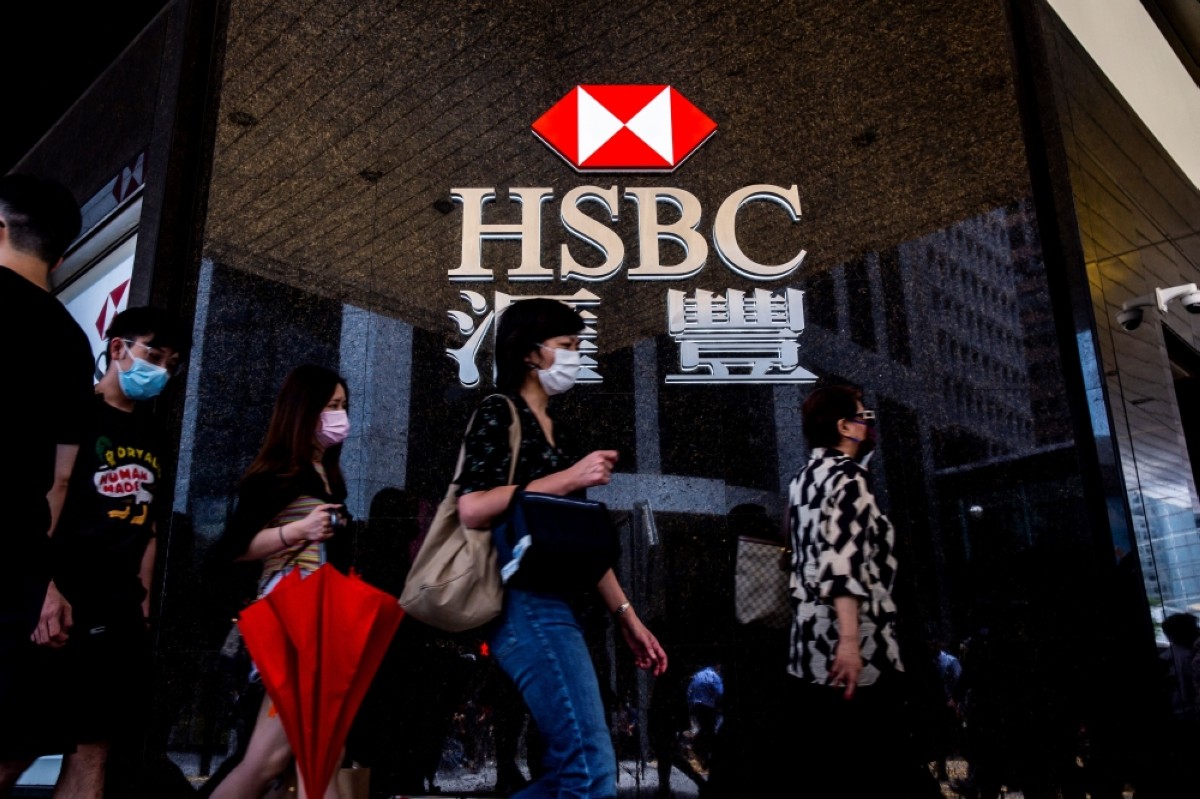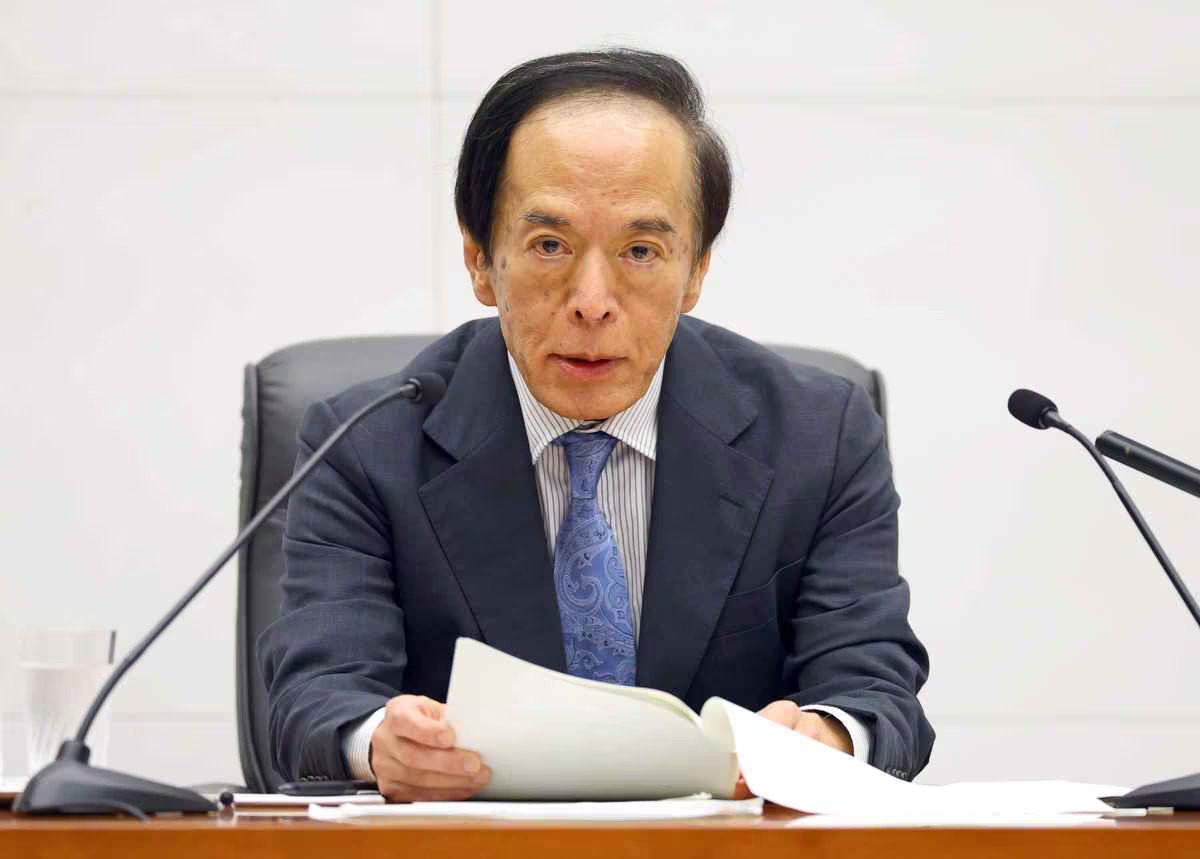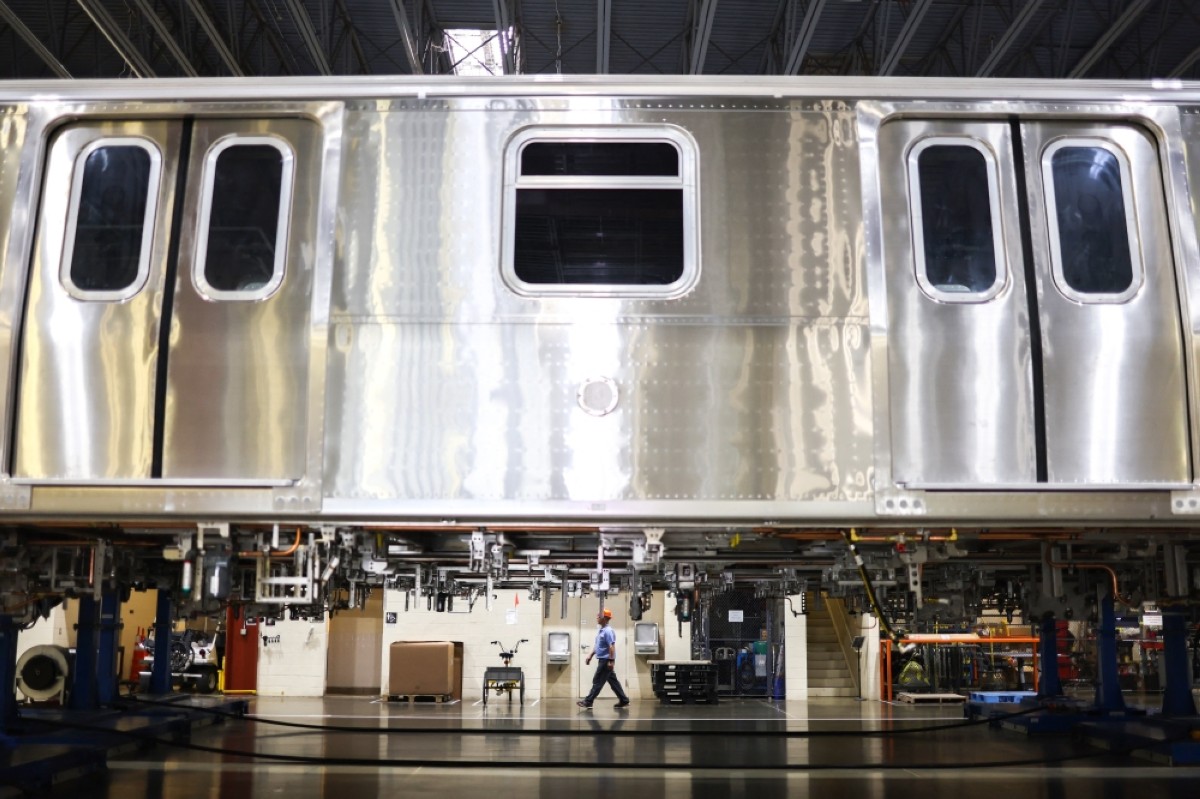US industrial output declines in June for second straight month
WASHINGTON: US industrial production fell by more than analysts expected last month, the Federal Reserve said Tuesday, with a sharp contraction in output seen in consumer durables like automotive products and carpeting.

WASHINGTON: Production at US factories dropped for a second straight month in June as output of motor vehicles and a range of other goods declined, suggesting that higher interest rates were hurting the manufacturing sector.-- AFP.
June marked the second consecutive monthly decline, reversing some of the positive figures seen earlier this year and providing further evidence of slowing production as the Fed prepares to weigh another interest rate hike next week. The 0.5 percent dip in industrial production was driven by a steep contraction in the index for consumer durables—like appliances, furniture and carpeting—which fell by 2.7 percent, according to the Fed.
Consumer nondurables also contracted by 0.9 percent due to decreases in clothing, energy, as well as food and tobacco production. The monthly decline was below the median expectation of economists surveyed by MarketWatch. The only gain last month came from defense and space equipment, which rose by 1.5 percent. “In short, overall industrial production and manufacturing output were weaker than expected” to end the second quarter, High Frequency Economics’ chief US economist Rubeela Farooqi wrote in a note to clients. “Weaker demand for goods and higher borrowing costs are headwinds for manufacturers,” she added.
But she said that if demand stabilizes and onshoring and infrastructure spending trends continue, it “could be positive for factory activity over coming months.” The US central bank recently paused its campaign of interest rate hikes after 10 consecutive increases, giving policymakers more time to assess the health of the world’s biggest economy. Despite the aggressive moves last year, inflation remains slightly above the Fed’s long-term target of two percent, the labor market remains resilient and the overall economy remains in good shape. Although there were monthly declines in May and June, industrial production rose 0.7 percent on an annual basis in the second quarter, said the Fed.
The Fed indicated last month that it expects two additional quarter percentage-point hikes will be needed this year, and the first of which could come next Wednesday. Meanwhile, retail sales in the United States came in weaker than expected in June, the government reported Tuesday, with consumption remaining sluggish while inflation eases. US retail sales rose 0.2 percent to $689.5 billion last month, while May’s figure was revised slightly higher, said the Commerce Department. This comes as consumers in the world’s biggest economy have been depleting savings accumulated during the COVID-19 pandemic, resulting in a hit on spending.
Sales involving motor vehicles and parts dealers weakened last month, while those at food and beverage stores as well as in grocery stores declined on a monthly basis, the latest report showed. Gasoline station sales slipped 1.4 percent as well from May, while department stores saw a 2.4 percent drop. Gloomier outlook Analysts at Pantheon Macroeconomics expect that most pent-up auto demand, which built up when supply was constrained by chip shortages between 2021 and 2022, has been met. They added in a recent report that there is likely to be a “gradual drift lower in new vehicle sales.” Meanwhile, “the outlook for retail sales ex-autos and gas is poor,” Pantheon analysts said in their report. Consumers continue to be pressured by constraints from higher borrowing costs and elevated prices, said Rubeela Farooqi, chief US economist at High Frequency Economics.
“However, a still-strong labor market, positive real disposable incomes and a gradual easing in price pressures appears to be supporting consumption for now,” she added. To ease demand and rein in inflation, the US central bank has been lifting interest rates rapidly in the past year, and their moves are rippling through the economy. But Federal Reserve officials are still expected to raise rates again following a two-day meeting next week, after a pause at their last gathering. While monthly retail numbers missed expectations in June, the upward revision to May data suggests the situation is not too grim, OANDA senior market analyst Craig Erlam said.
“I’m not convinced today’s data really changes things as far as the consumer or economy is concerned… nor has it really changed anything on interest rate expectations, with markets almost fully pricing in a hike next week and probably no more after that,” Erlam added in a note. In June, consumer inflation cooled to its lowest rate since early 2021, with the consumer price index rising 3.0 percent from a year ago in an encouraging sign for policymakers battling cost-of-living pressures. – AFP.











